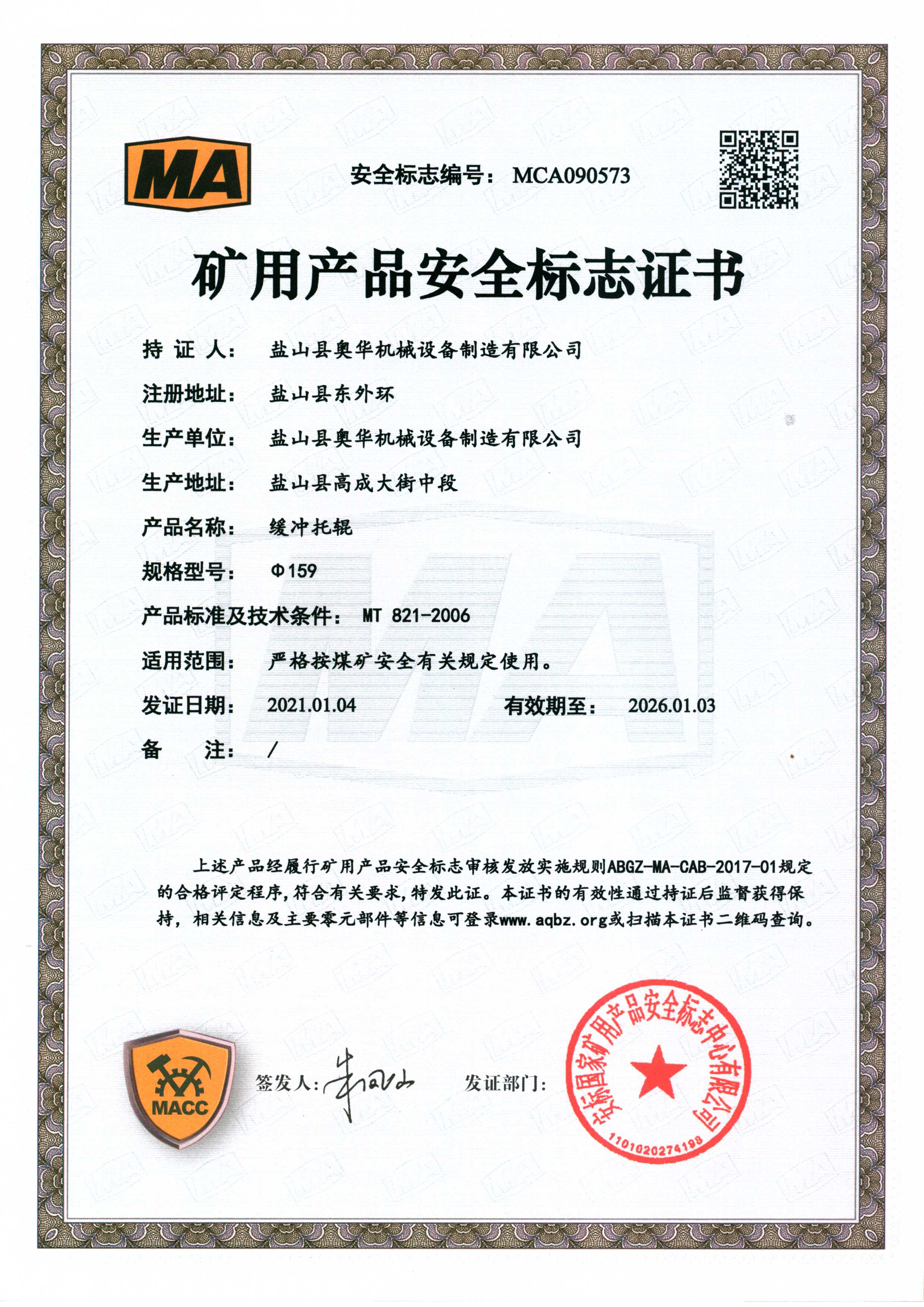 Afrikaans
Afrikaans  Albanian
Albanian  Amharic
Amharic  Arabic
Arabic  Armenian
Armenian  Azerbaijani
Azerbaijani  Basque
Basque  Belarusian
Belarusian  Bengali
Bengali  Bosnian
Bosnian  Bulgarian
Bulgarian  Catalan
Catalan  Cebuano
Cebuano  Corsican
Corsican  Croatian
Croatian  Czech
Czech  Danish
Danish  Dutch
Dutch  English
English  Esperanto
Esperanto  Estonian
Estonian  Finnish
Finnish  French
French  Frisian
Frisian  Galician
Galician  Georgian
Georgian  German
German  Greek
Greek  Gujarati
Gujarati  Haitian Creole
Haitian Creole  hausa
hausa  hawaiian
hawaiian  Hebrew
Hebrew  Hindi
Hindi  Miao
Miao  Hungarian
Hungarian  Icelandic
Icelandic  igbo
igbo  Indonesian
Indonesian  irish
irish  Italian
Italian  Japanese
Japanese  Javanese
Javanese  Kannada
Kannada  kazakh
kazakh  Khmer
Khmer  Rwandese
Rwandese  Korean
Korean  Kurdish
Kurdish  Kyrgyz
Kyrgyz  Lao
Lao  Latin
Latin  Latvian
Latvian  Lithuanian
Lithuanian  Luxembourgish
Luxembourgish  Macedonian
Macedonian  Malgashi
Malgashi  Malay
Malay  Malayalam
Malayalam  Maltese
Maltese  Maori
Maori  Marathi
Marathi  Mongolian
Mongolian  Myanmar
Myanmar  Nepali
Nepali  Norwegian
Norwegian  Norwegian
Norwegian  Occitan
Occitan  Pashto
Pashto  Persian
Persian  Polish
Polish  Portuguese
Portuguese  Punjabi
Punjabi  Romanian
Romanian  Russian
Russian  Samoan
Samoan  Scottish Gaelic
Scottish Gaelic  Serbian
Serbian  Sesotho
Sesotho  Shona
Shona  Sindhi
Sindhi  Sinhala
Sinhala  Slovak
Slovak  Slovenian
Slovenian  Somali
Somali  Spanish
Spanish  Sundanese
Sundanese  Swahili
Swahili  Swedish
Swedish  Tagalog
Tagalog  Tajik
Tajik  Tamil
Tamil  Tatar
Tatar  Telugu
Telugu  Thai
Thai  Turkish
Turkish  Turkmen
Turkmen  Ukrainian
Ukrainian  Urdu
Urdu  Uighur
Uighur  Uzbek
Uzbek  Vietnamese
Vietnamese  Welsh
Welsh  Bantu
Bantu  Yiddish
Yiddish  Yoruba
Yoruba  Zulu
Zulu Understanding the Function and Importance of Drive Belt Idlers in Automotive Systems
Understanding Drive Belt Idlers Function, Types, and Maintenance
Drive belt idlers are integral components within automotive and machinery systems that utilize belt-driven mechanisms. These devices play a crucial role in ensuring the smooth operation of engines and various mechanical assemblies. This article will delve into the functions, types, and maintenance of drive belt idlers, providing a comprehensive understanding of their significance in engineering and automotive contexts.
What is a Drive Belt Idler?
A drive belt idler is a pulley that helps guide and tension a drive belt. It does not drive any components itself; rather, it serves to redirect the belt path, provide tension, and minimize slack. By maintaining the appropriate tension in the belt system, idlers prevent slippage, which can lead to inefficient performance or damage to the overall system. They are commonly found in automotive engines, agricultural machinery, and various industrial applications.
Functions of Drive Belt Idlers
1. Tensioning One of the primary functions of idlers is to maintain the appropriate tension in the drive belt. Adequate tension ensures optimal performance of components driven by the belt, such as alternators, water pumps, and air conditioning compressors. Insufficient tension can lead to belt slippage, while excessive tension can lead to premature wear.
2. Belt Alignment Idlers help in maintaining proper alignment of the drive belt. Misalignment can cause uneven wear on the belt and the components it drives, leading to costly repairs and replacements. By ensuring the belt runs straight and true, idlers contribute to the longevity of both the belt and the driven components.
3. Reduction of Vibration and Noise Belt systems can produce vibrations and noise when not functioning correctly. Idlers help absorb these vibrations, resulting in a quieter and more efficient operation. This is particularly important in automotive applications, where noise reduction can enhance the overall driving experience.
4. Guiding the Belt Path Idlers play a critical role in the routing of the drive belt, allowing for more complex configurations that can optimize space within the engine compartment or machinery setup. By guiding the belt through various angles, idlers enable the integration of multiple driven components.
Types of Drive Belt Idlers
Drive belt idlers come in various designs and types, each suited for specific applications
drive belt idler

1. Fixed Idlers These idlers are stationary and provide a consistent tensioning and guiding function. They are typically found in systems where the belt path does not change during operation.
2. Adjustable Idlers These allow for tension adjustments to be made manually or mechanically. This is especially beneficial in systems where belt stretch could occur over time.
3. Tensioner Idlers Modern drive systems often include automatic tensioners that utilize spring-loaded mechanisms to maintain belt tension. These tensioner idlers automatically adjust as the belt wears, ensuring optimal performance without requiring manual adjustments.
Maintenance of Drive Belt Idlers
Proper maintenance of drive belt idlers is essential to ensure their longevity and the efficient operation of the entire belt system. Here are some maintenance tips
1. Regular Inspection Regularly inspect idlers for signs of wear or damage. Look for cracks, uneven surfaces, or excessive play in the pulley that could indicate the need for replacement.
2. Check Belt Tension Monitor the tension of the drive belt. If the belt appears loose or is slipping, check the condition of the idler, as it may not be maintaining the necessary tension.
3. Lubrication While many modern idlers are sealed and do not require lubrication, it’s essential to check the manufacturer’s guidelines. If the idler has bearings, ensure they are properly lubricated to avoid premature wear.
4. Replacement If an idler shows significant signs of wear or damage, it is crucial to replace it promptly to avoid causing further issues within the belt system.
Conclusion
Drive belt idlers are often overlooked, yet they are vital components in ensuring the effective operation of belt-driven systems in automobiles and machinery. By understanding their functions, types, and maintenance needs, operators and automotive enthusiasts can better appreciate the importance of these components in maintaining optimal performance and enhancing the longevity of their vehicles and machinery. Regular maintenance and timely replacement of worn idlers can save significant costs in the long run, ensuring a seamless performance from your belt-driven systems.
-
Revolutionizing Conveyor Reliability with Advanced Rubber Lagging PulleysNewsJul.22,2025
-
Powering Precision and Durability with Expert Manufacturers of Conveyor ComponentsNewsJul.22,2025
-
Optimizing Conveyor Systems with Advanced Conveyor AccessoriesNewsJul.22,2025
-
Maximize Conveyor Efficiency with Quality Conveyor Idler PulleysNewsJul.22,2025
-
Future-Proof Your Conveyor System with High-Performance Polyurethane RollerNewsJul.22,2025
-
Driving Efficiency Forward with Quality Idlers and RollersNewsJul.22,2025





























